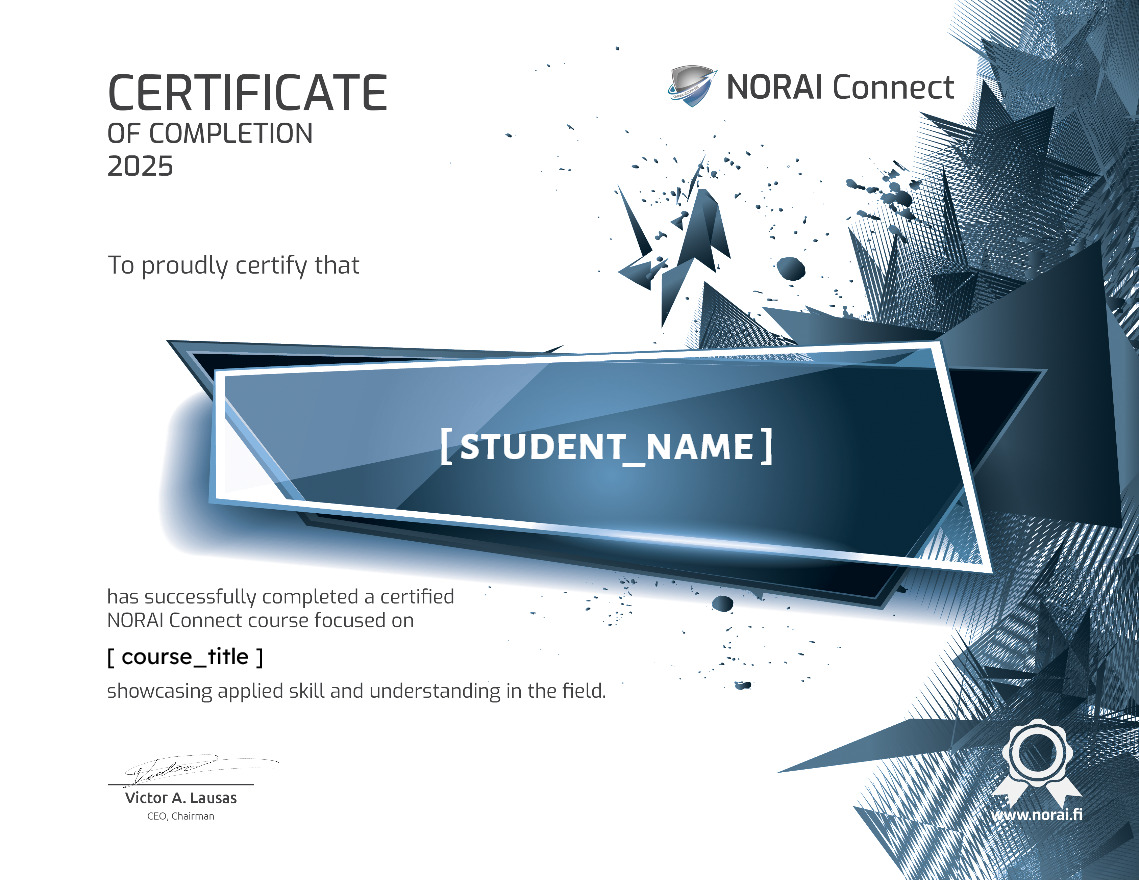About Course
What if the difference between mediocre and exceptional AI output wasn’t the model you’re using, but the way you prompt it?
Master Prompt Engineering: This course explores the craft of communicating with large language models in a way that actually gets results. It’s not about technical tweaks or model weights. It’s about understanding how to guide the system, how to shape its responses, and how to structure your instructions with clarity, purpose, and precision.
We’ll break down the fundamentals of prompt construction, explore advanced patterns used in real-world applications, and cover everything from assistants to agents, from zero-shot prompts to multimodal systems. By the end, you won’t just know how prompting works – you’ll know how to make it work for you.
Whether you’re using ChatGPT, Claude, Gemini, or LLaMA, this course gives you the tools to go from trial-and-error to intent and control.
Course Content
Introduction to Prompting and LLMs
-
What Is Prompting?
-
How Large Language Models Interpret Prompts
-
From Search to Prompt Engineering: Why Prompting Matters
-
System Prompts vs. User Prompts: Roles in Interaction
-
Prompting in Zero-Shot vs. Few-Shot Contexts
-
Introduction to Prompting and LLMs
Building Blocks of Prompting
Prompting Techniques and Patterns
Prompt Evaluation and Iteration
Practical Applications and Integration
Prompting by Industry & Persona
Advanced Prompting & Future Directions
Bonus: Leveraging Prompt Libraries & Tools
Bonus: Prompting Multimodal Models
Earn a FREE certificate on completion!
Add this certificate to your resume to demonstrate your skills & increase your chances of getting noticed.

Student Ratings & Reviews
Easy
Everyone should learn
Made me understand what happens as a chat bot
What is AI
Prompting
What does it mean really
And also really understood fully





